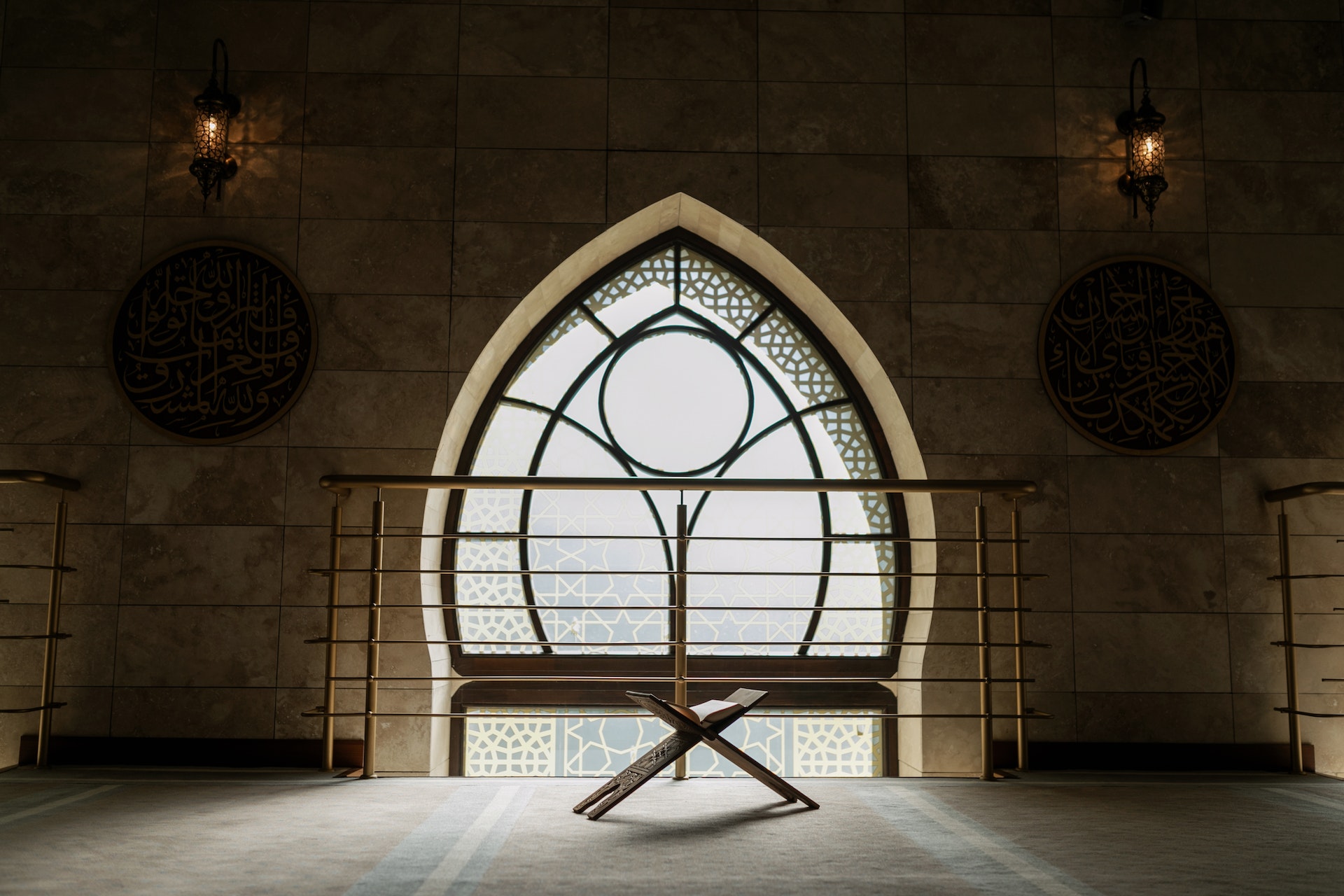INTRODUCTION
The word “Ownership” is derived from the Arabic word “Milk. The term Milk, however, is sometimes used for ownership and, at other times, for the subject matter of ownership. The fundamental right of humans is the right to own property. Islamic law has dealt with the concept of ownership in detail.
DEFINITION OF OWNERSHIP
Ownership is the expression of the connection between a man and a thing under his absolute power and control to the exclusion of others.
SUBJECT MATTER OF OWNERSHIP
5. According to Islamic law, the matter to which the concept of Milk extends is known as “Mal“, i.e. the physical object. According to the majority of jurists, ownership may extend to the following.
- Physical object
- Services of man
- Muta’t
- Labour
CLASSIFICATION OF MAL
According to Muslim jurists, “Mal” or “Property” is divisible into;
(i) Movable and Immovable property.
(ii) Similar and dissimilar property
(iii) Determinate and indeterminate property.
(iv) Marketable and non-marketable property
(v) Fungible and non-fungible properties.
(vi) Consumable and non-consumable property.
THINGS INCLUDED IN MAL
According to Maliki and Shafi:
“Things connected with the corpus or physical object are included in Mal.
According to all Muslim Jurists:
“All things which have a body are included in Mal.
According to Hanbalis:
“Pure rights are included in Mal.
THINGS NOT INCLUDED IN MAL
These things are the following that cannot be claimed as one’s property:
- Air
- Light
- Grass
- Water excluding streams
- Common pastures and forests
- Public roads
- Fire
- Public institutions
KINDS OF OWNERSHIP
Under Islamic law, the following kinds of ownership.
(A) RELATING TO PHYSICAL OBJECTS
Where ownership or Milk refers to Mal or physical objects, it is divided into three kinds.
1. Milku’r Raqba
Milk’r Raqba may be described as proprietary rights. This is where the thing owned can specifically be identified with the owner.
2. Milku’l Yad
Milkul Yad is called the right to possession. Through the right of residence, a person has exclusive control and power to use it (Mal).
3. Milku’t Tasarruf
Milku’t Tasarruf can be called the right of disposition, where the right of disposition includes the right of transference and control to dispose of property according to the owner’s will.
(B) SOLE AND JOINT OWNERSHIP
1. Sole Ownership:
The ownership is said to be sole when only one person owns the property, and he alone has its proprietary rights. In sole ownership, the person has complete control and power to use the property to his full benefit. He also has the right to dispose of the property according to his wish.
2. Joint Ownership:
When two or more persons own a property in undivided shares, it is described as joint ownership. In common ownership, each co-share has a right to share in every portion of the property. Each co-share is entitled to dispose of his share, and on his death, it descends to his heirs and does not pass on to the survivors.
MODES OF ACQUIRING OWNERSHIP
According to Islamic law, ownership could be acquired in any of the following ways;
(a) Original Acquisition
It means securing or possessing something not already owned or controlled by anybody.
Following are the examples.
If a man secures a gem or diamond on the bank of a river and the man may bring it home, he gives original ownership over it.
If a man cuts down a tree growing on a mountain, the wood he would have acquired is his ownership.
(b) By Transfer
The most important and frequent mode of acquisition of ownership is by Transfer by an act of the person having the ownership to another person. Such Transfer is affected using a contract, which may be a sale, bequest waqf, hiba, or simple gift.
(c) By Succession
In Khalif, ownership is acquired through Succession. This mode of acquisition belongs to the Department of Family Law. The property of a deceased is divided among his heirs according to their respective shares specified in the Holy Quran.
(d) By Prescription
According to the strict theory of Muhammadan Law, a thing belonging to another cannot be acquired by mere possession for long, i.e. by Prescription.
However, the law permits the acquisition of rights connected with property, like easements by Prescription.
MODES OF LOSING OWNERSHIP
Followings are the modes of extinction or loss of ownership.
(a) By Transfer:
When the original owner transfers his things to another person through sale, gift, etc., his ownership is extinguished and is passed to another.
(b) By operation of law:
Ownership comes to an end by the operation of law.
(c) By extinction of things:
Ownership comes to an end when things are destroyed or extinguished.
(d) By the death of the owner:
All the rights of the uninhabitable characters come to an end with the death of the owner.
CONCLUSION
Ownership is the true power of exclusive control and disposition. Therefore, the property owner has full authority to use it according to his will.
Frequently Asked Questions
Shariah commands a natural system of ownership, different from prevailing economic systems. Explain in contrast.
(2019-A)
Islam has its ownership system based on natural needs and corresponding with times to come. Elucidate.
(2018-A)
Shariah has introduced a balanced concept of ownership, different from Capitalism and communism. Explain in contrast.
(2017-S)
Kindly explain the concept of ownership under Islamic injunctions and the different modes of acquiring and losing it.
(2017-A)
What is the fundamental concept of ownership under Islamic law, and how it differs from Capitalist and socialist ideas?
(2016-S)
What is the concept of Ownership under Islamic Law?
(2014-A)
REFERENCES
- Islamic Jurisprudence by Imran Ahsan Khan Nyazee
- N-Series by M.A. Chaudhary


